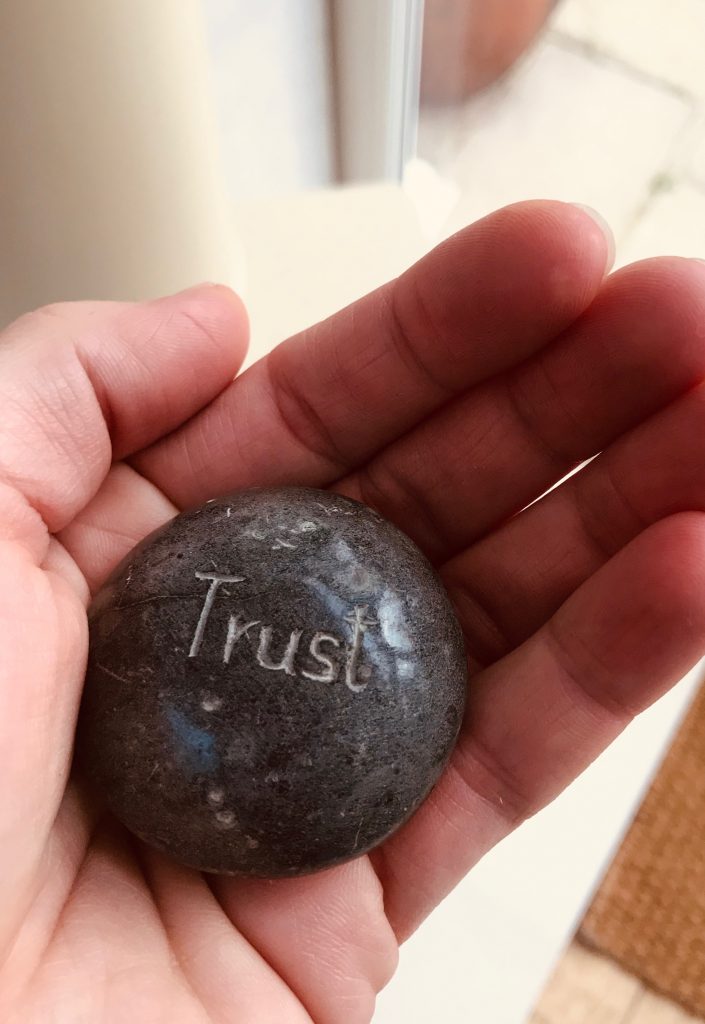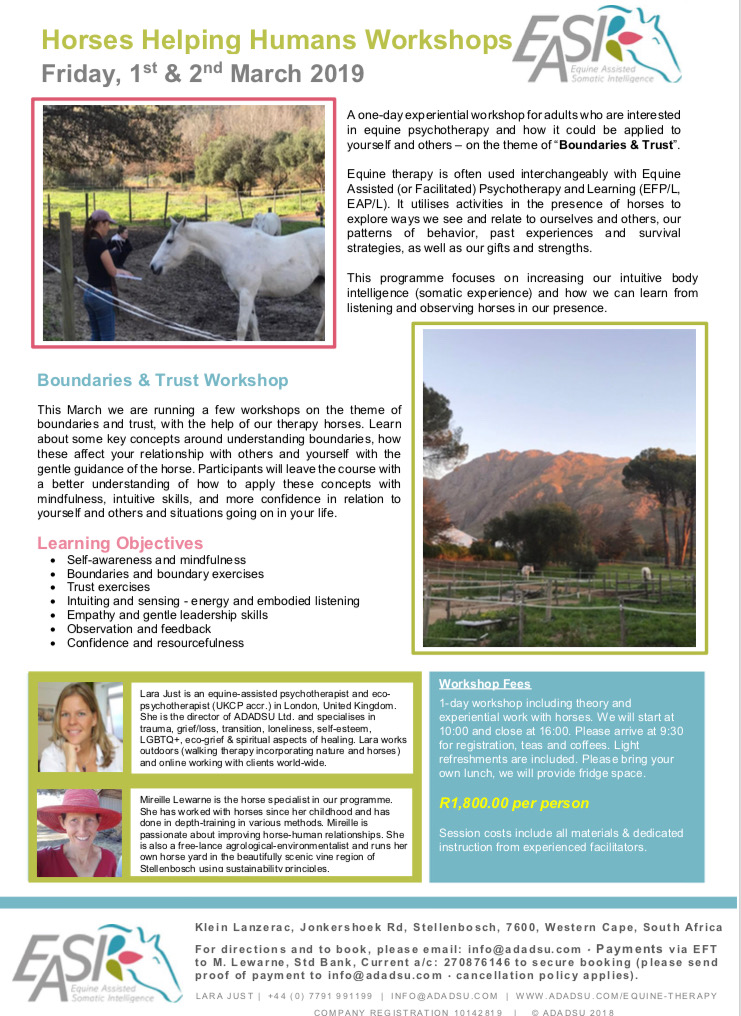By Lara Just, March 2024.
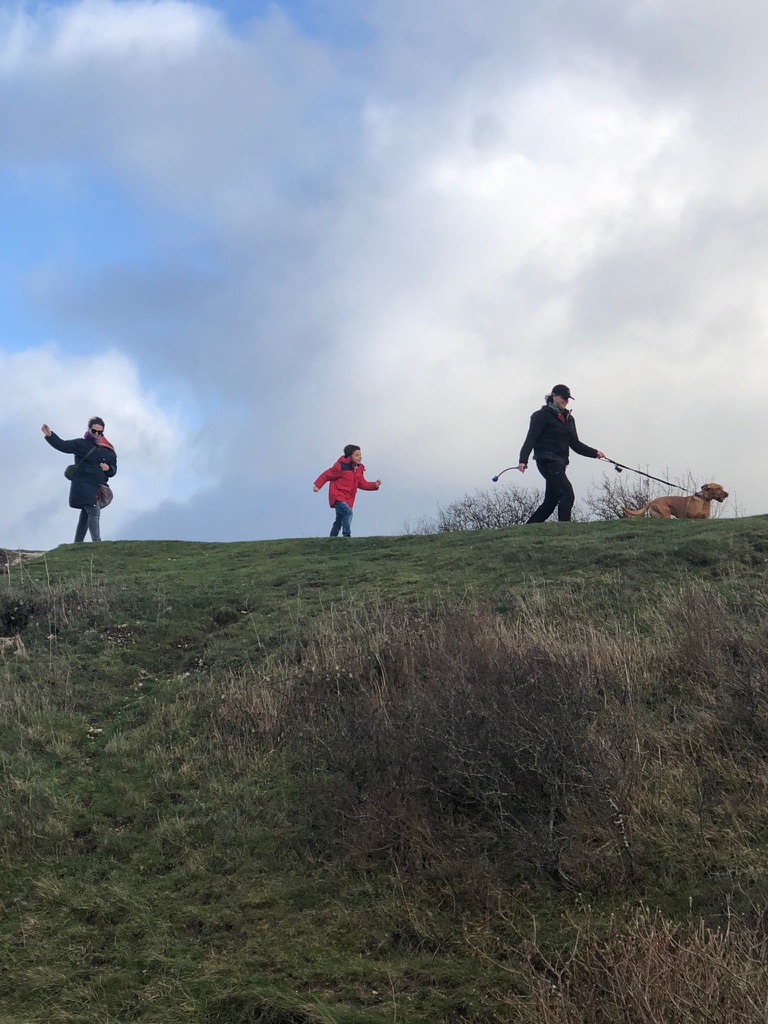
This blog looks at some key processes to shift from stress to calm, dis-ease to wellbeing and from our brains to our hearts, by changing our thoughts. Much of our stress-induced living is exacerbated by hidden fear-based programmes. This keeps us from connecting with our heart intelligence to use our innate sensing mechanisms and wisdom hidden in our own bodies. Intellectual and logical rationalising and justifying keeps us often stuck in the same patterns repeating the same difficulties in our lives in what seems like an endless loop. We look at ways to break the pattern and shifting into creating more of the things we want in life rather than more of what we do not.
Everything has a frequency signature (vibration)
I had initially intended to share more information on narcissistic processes, as these seemed to be the key themes in my clinical practice throughout the last year. This was an experience for many clients with trauma and difficulties in dealing with people in their lives. Equally, various books, TV shows, films and real-life examples came my way to learn and share more on this material.
However, as the year went on, it increasingly started to feel a bit heavy to focus on in the traditional way, too dense or low in frequency. When I say frequency, I mean the vibration it carries. Each of our thoughts and feelings have a different frequency signature (vibration).
Everything is energy. Everything around us has a specific energy frequency (vibration).
Everything around us has a frequency, as everything is energy (even the chair, the table, the tree, the worm, the grass, our thoughts, a sound, and every cell in our body).
We can affect one another in this way, all the time, which can have positive or negative health and wellbeing effects.
I started to ponder more about what helps us to move forward and away from unnecessary anger and resentment. These emotions are frequently created when we had experiences of a narcissistic nature. And they are important to validate and feel, however, these specific emotions with their frequency can tend to stay stuck and firmly anchored within us. It seems often too difficult to release them and to move to more empowering emotions.
Healthy boundary setting starts with awareness
Much of the research into narcissistic type and ego-centric processes point to reasons of childhood wounding (in ourselves, our parents) as well inter-generational trauma. The key approaches in dealing with these processes in traditional psychotherapy appear to be 1) awareness and 2) boundary management. These are very crucial approaches.
However, a lot of the professional material does not look too much into the way we create healthier boundaries.
For example, are we creating healthier boundaries with genuine feelings of lightness and ease through heart-based approaches or through combativeness and protective fear-based thinking?
How can we then let go ‘safely’ of the hurt, disappointment, resentment, sadness and anger? How are we able to transmute these feelings effectively into more helpful ones that allow us to move forward with more ease and peace?
At the same time our own wounding and ego-centric processes will have to be allowed to rise to the surface and be seen, to heal via self-compassion based approaches.
And how then can we create a way of being that won’t even get us into those old repeating patterns again? Not just because we are fiercely protecting our boundaries or got better at spotting the signs (the red flags), but so we can live in a way that doesn’t even require this level of effort and energy anymore, it will just disappear as an issue all together.
I believe that we can achieve this by moving from overly relying on brain-based intelligence to increased heart-based intelligence. This is in effort to help us access our innate intuitive wisdom for guidance and understanding, without discounting our intellectual wisdom. We can also find out which of our deeply held beliefs about our reality are old programmes that may no longer serve us.
This is where the energy-based approaches can come in. These can help us at a deeper level to grow and change and literally shift to a different frequency range where the energy signatures of the power and control dramas no longer need to affect us or even reach us.
My various continuing professional development training lately was focussed on energy psychotherapy, and other healing, transpersonal and metaphysical aspects of human experiencing to help with transformation and manifestation. I have found much positive acceptance and results from various clients in using some of these approaches.
These are some of the main reasons for moving into this new focus topic of my blog and newsletter which includes a helpful selection of books, films, podcasts, and apps on the theme.
FOLLOWING ON FROM MY NEWSLETTER INTRODUCTION:
What is the difference between fear-based versus heart-based emotions?
Without discounting our valid feelings of the deep and heavier range of emotions of human experiencing like anger, rage, resentment, sadness, disappointment, jealousy, envy… all of those and more; they do need to be voiced and felt and ‘seen’. Without this process, which psychotherapy or traditional talking therapies are known for, we cannot bring them out to the light, or know they are there.
Notice that I am not using negative or positive in my language for our emotions. We tend to label them too often as such or as good or bad. If we can see them more as neutral and serving a purpose, for example for protecting or keeping us safe, the emotional charge will less likely bring in complicated secondary emotions that keep us entangled, like guilt, feeling bad, disappointed or frustrated or blaming others or ourselves.
It may be more helpful to visualise our emotions as lighter or heavier feelings (in weight or in colour) or feelings of higher or lower frequency or vibration. And I don’t mean this in a dualistic, linear, or hierarchical way of our usual thinking of higher and lower (as in better or worse).
Once we have identified our deep, heavy, and dense emotional hurts and feelings, and brought them to light, traditional talking therapies tend to stay with these as long as the client needs. Hoping that in time, naturally, we have talked enough about it to have it heard and acknowledged for us to gradually find new ways of experiencing.
But what do we do when we cannot shift and feel stuck in place for a very long time, even years? Is this helping us to go over and over the same dense heavy emotions and in part re-enforce them and get even more angry about the whole mess repeatedly?
This may not be your experience, and this is not my experience with every client. I see this more where a lot of trauma, including early attachment and family trauma is part of the experience. It can be so deep, or the belief system is habituated to the ‘frequency’, that it is just hard to shift. It is also hard to shift when we are in a recent bereavement or grieving cycle. This is a normal and natural process. However, we can still introduce heart-based approaches that allow us a bigger picture thinking and can help us shift into more diverse perspectives of our experienced reality.
One way is giving fear-based emotions not too much power or airtime once they are voiced and named. These are, in my opinion, what seems to keep stuckness in its place.
Instead, employing heart-based emotions seems to shift us into a softer, more open and curious state of mind to help our understanding, learning, bigger picture thinking and reconnecting us with our needs, dreams and desires and discovering our bigger purpose and goals.
This helps us shift and literally raise our frequency in a way that helps attract that which we rather want, and not get more of what we don’t want.
I want to explain a bit more around the frequency or vibration of emotions:
- When we are experiencing fear-based thinking it will create emotions like anger, resentment, hate, envy, jealousy, wanting to strike out/attack, controlling out of fear etc. This will feel heavy, dense, or dark and seem to carry a cyclical pattern with stuckness. External events and experiences seem to re-enforce these feelings.
Note: Anger can be a healthy and useful energy when it is appropriate and in short bursts (e.g. for safety). I am talking more about when it gets stuck and it becomes a constant way of feeling or being.
- When we experience heart-based emotions we will create feelings of appreciation, genuine gratitude, compassion, forgiveness, patience, joy, love, peace etc. This will feel lighter, and like a state of being with a sense of ease and flow. External events equally appear to re-enforce some of these experiences due to this shift.

What helps us in moving forward?
So one approach can create more stuckness, the other more flow. Research continues to confirm that one can create more dis-ease and illness, while the other more ease and wellness.
Guess which of these would help us move forward?
It seems a ‘no-brainer’ (yes!) as the answer seems to be with the heart (instead of the brain).
It may seem bizarre or impossible to be this simple at first thought. And we might also truly believe that we cannot achieve this (= programmed belief systems).
And often this is because we don’t know how to.
We might not even know what it feels like to be or feel any different.
There may be old belief programmes running with valid secondary gains which keep things neatly and tightly in place (e.g. “I must hold on to my anger so I won’t forget, or so I remember to keep myself safe”).
After a recent further professional developments in Energy Psychotherapy, EFT (Emotional Freedom Techniques), Quantum Hypnosis Healing Therapy (QHHT), and Theta Healing approaches, I continue to find more answers to my many questions in the energy, manifestation and spiritual-type healing areas which I have started to research a lot more again after a longer break in this area.
Again and again, true healing seems to lie within us: within ourselves
This is good news, and not to be seen as in “Oh, then it’s all my fault for not getting it right or getting healthy”. There mostly is no magic answer somewhere out there to go search and find. It is instead right here within and inside of us. Yet how do we get to it??
Again and again, true healing seems to lie within us: within ourselves.
Sometimes therapists, healers, coaches, guides, friends and trusted loved ones can help us uncover it, and sometimes we all need a little bit of a hand and support at different times in our lives to find access to our inner knowing.
- After awareness (step 1) and
- learning about setting boundaries including understanding and expressing needs (step 2),
- the next steps would work on changing old belief and fear programmes that we have grown up with and collected along the way (step 3).
Using a computer metaphor, it would be like installing a new software. This would then be running with its new upgrade and programme, having gotten rid of some of the bugs that previously occurred.
Once we know something, we cannot un-know it.
If we previously got affected by ‘negative’ (lower/heavier) vibes from people, our system would now recognise this so fast, that it won’t even appear in our reality anymore in the same way (if we chose so!). This is because we are at a different ‘vibe’ level and as an ‘issue’ will become irrelevant.
And though changing old belief programmes may need a little more involvement and extra support, we can make a start by coming back to ourselves – and hearts.
It means using our heart intelligence.
How do we put heart intelligence or heart-based “thinking” into practice?
The heart is thought to be one of our “three brains“:
- the head-brain
- the heart-brain
- the gut-brain
It is thought that if we can access our hearts, and with that our feelings and bodily senses more, it will allow us to start listening and access a different sense of knowingness, an inner (innate) wisdom.
Trusting ourselves to access this is hard for most of us, since we are so trained to use our (head-) brains with our intellectual rational logical thinking minds. We often need to ‘re-learn’ this to remember what we used to be able to tap into (for example as young children).
When we are able to access this inner knowing, it can then assist us in discernment and trusting our feelings (gut-feel).
It can then allow us to translate this quickly into the decisions and choices that are called for, and helps us to evolve and grow faster and continue forward at each moment in time.
So this is not a brain-based approach through rational logical thinking alone, but by tapping into our innate ability to feel and think through the heart.
Perhaps it sounds complicated, but it really is easier than it sounds.
Here are a few beginner’s practices for shifting frequency to start with:
- Daily energy process for grounding, cleansing, protection, can be combined with breath work, and setting intent for the day (e.g. before or when getting up): 3-5 minutes.
- can be included with 2)
- Daily meditation or mindfulness-type activity, e.g. breathing exercises, walking meditation, sound/music or guided meditation, “practicing presence”: 8-12 minutes.
- can be combined with 1)
- Reflective journaling, creative practice:
- e.g. end of the day: “What three things went well for me today” (don’t write ‘what am I grateful for’ as it can get boring and you may be repeating talking about your house, food etc)
- e.g. morning or day: “What does my Higher Self/Soul/Guide want me to know today?”
Those are just some simple ideas that anyone can start (my newsletter from this month gives some more tips and ideas for apps to help with some of the above). In my sessions we often expand on this and go deeper to customise it depending on the person’s unique story and preferences.
However, putting things into practice requires three key ingredients to success – “THE 3 I’s”:
- Intent: setting a positive intent or goal for yourself for action
- Investment: planning and making time, and possibly some resources to achieve intent (e.g. into books, an app, professional support)
- Initiation: put the intent and plan into action and start practicing
Often smaller and regular activities create more sustainable habit-forming behaviours in a positive way. Rather than trying extremes or big long bursts less frequently, as this can activate a range of complicated emotions.
Often smaller regular activities create more sustainable habit-forming behaviours in a positive way.
Every time we lose focus, and we notice, celebrate noticing it and just start again (a bit like in meditation or mindfulness practice).
The actual practice is up to each of us, but know there is help and guidance available.
It is possible – healing is possible.
Are you ready?
Ready and create something new for yourself this year?
With all the global turbulences ahead, are you ready to stay as grounded and heart-based as possible to navigate the next waves with ease?
In my newsletter (March 2024) I list a few suggestions for apps, books, audiobooks, films, shows, youtube channels and podcasts to help along this path of re-connecting with our hearts and our inner wisdom (“higher selves“).
The simplest message for starting to raise your frequency a bit more now is:
- Laugh more
- Have more fun
- Rest more when you need it
- Find things that bring you joy
- Experience something new
- Believe that you can
Choose wisely and consciously anything to be consumed: this includes media, news, entertainment, learning, food, company, activity – anything!
There is much hidden programming (often fear-based) especially in much of the mass and mainstream media and news and other official communications. We can ask ourselves, can my food choices, amount of clean drinking water, length and quality of our sleep and rest times be improved? And this counts for almost anything we consume, including with our eyes and ears.
A social media, news or facebook “detox” can support in a recovery break.
Choose wisely and consciously anything to be consumed: this includes media, news, entertainment, learning, food, company, activity – anything!
Remember to feel into it, which of your choices increase the lighter feelings within you, and which of these create the opposite.
Here is to a more heart-based, joyful and prosperous year to help us navigate some of the world’s chaos around us with more grace and ease.
If you want to get in touch, contact me here.
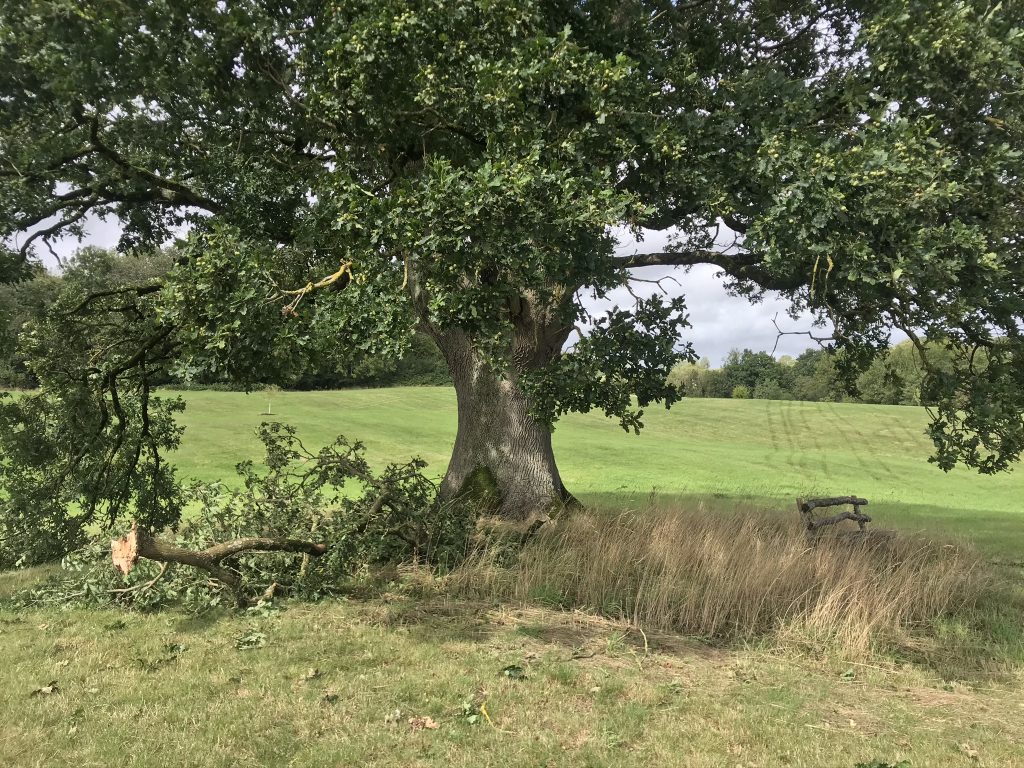


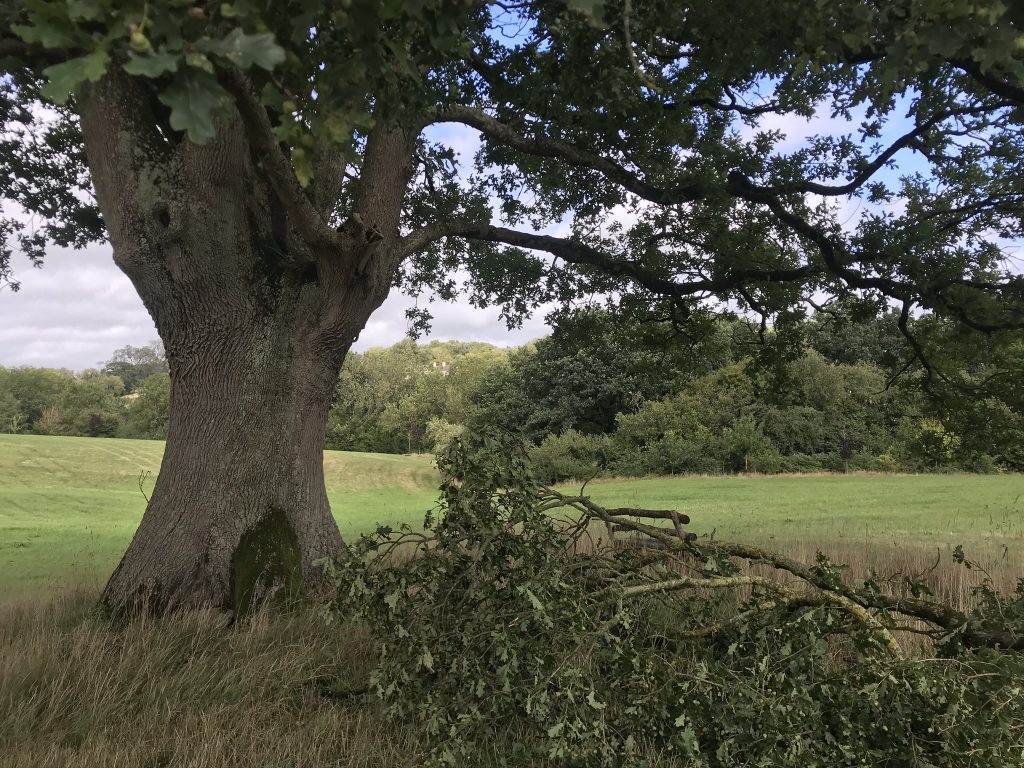
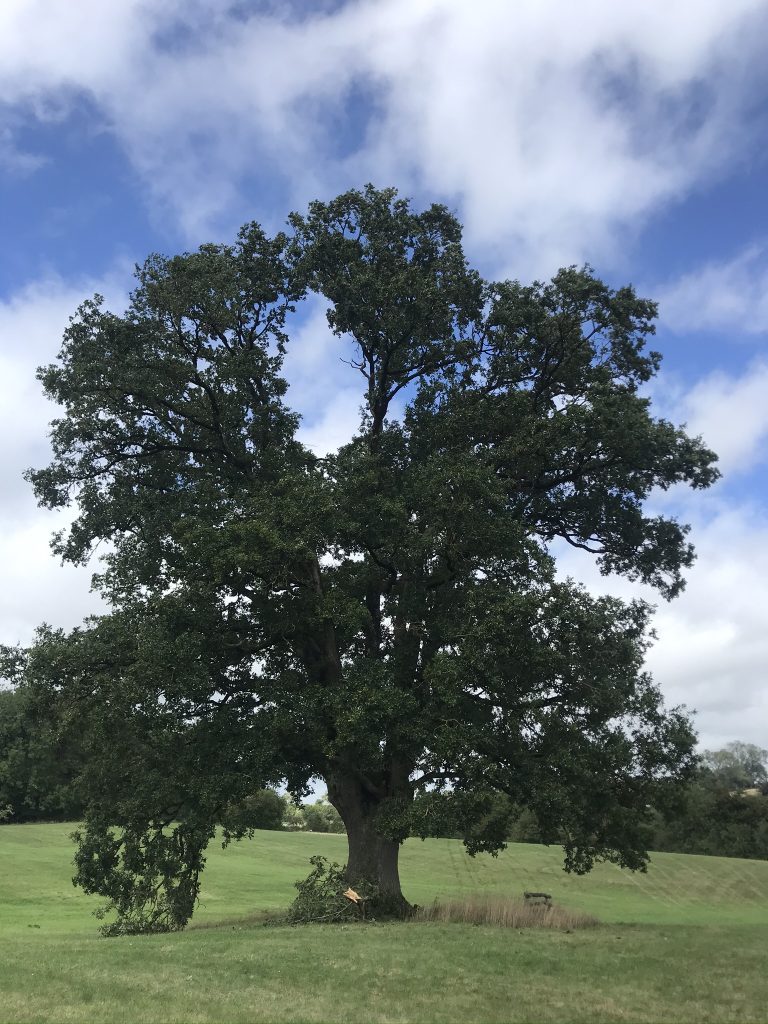

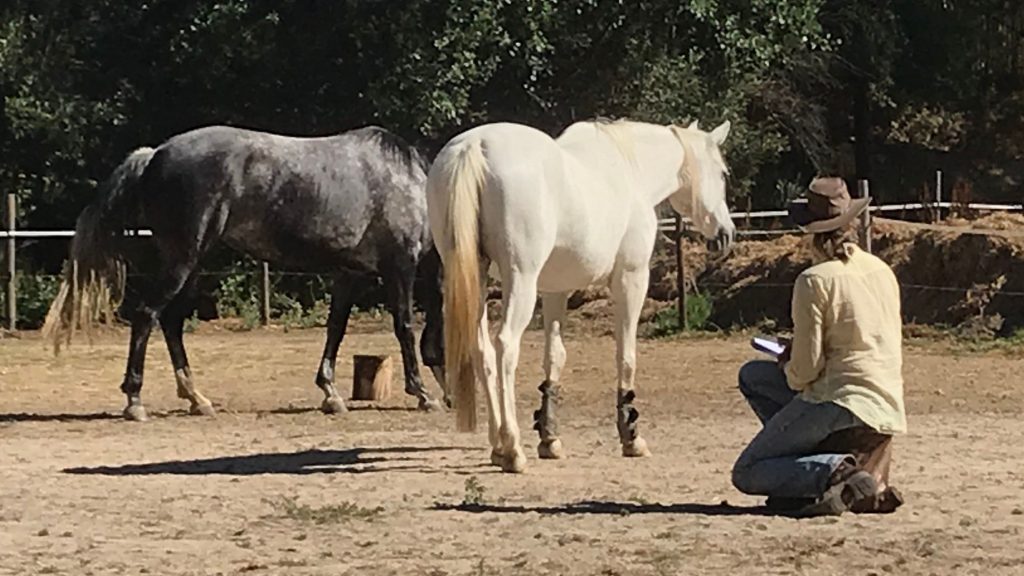
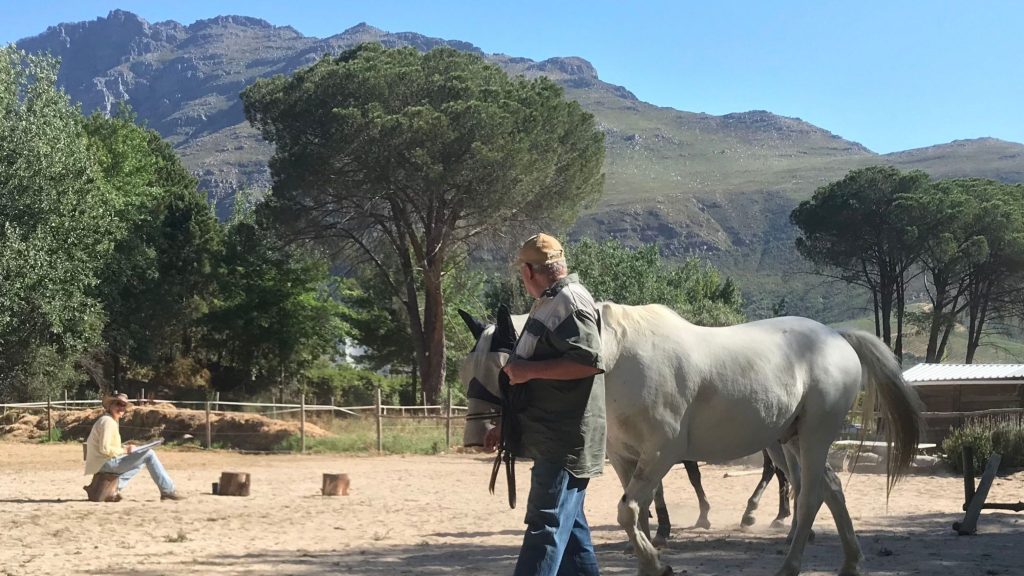
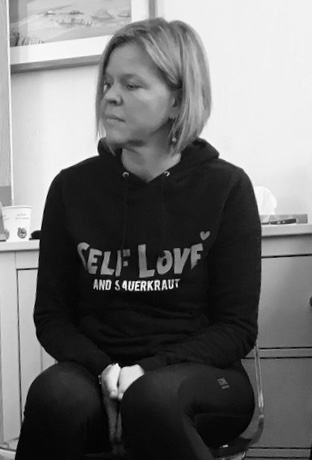 Self Love…
Self Love…
